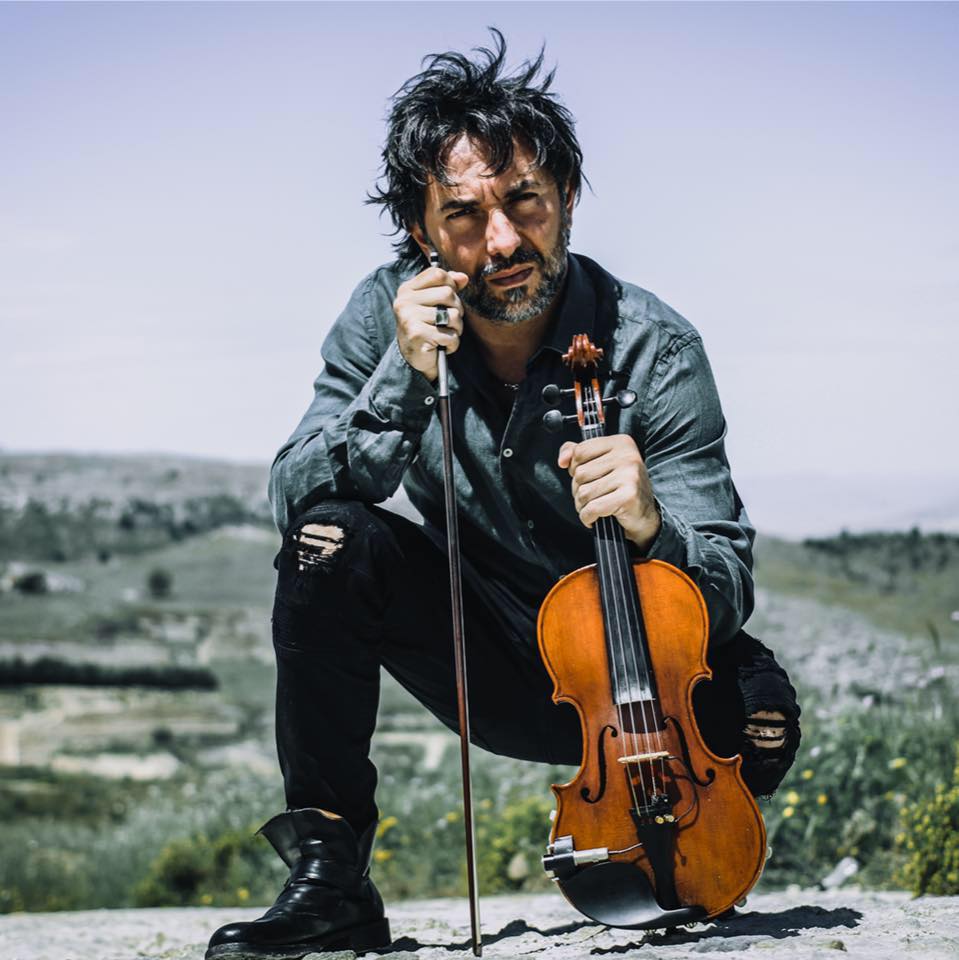The secret of sound, the right hand.
Each singer has a different voice.
Each musician has a different sound.
If you play with a 20,000 euro violin, will you really have a sound so different from that if you play with a 2000 violin?
The truth is that the sound timbre, the difference between a musician and another, is not the instrument, but the way of playing it.
The secret of the sound in the violin lies all in the right hand and in the way of discharging the weight in the bow.
What will make the difference in the ears of a listener will not be the fast or slow or vibrate notes that the violinist will make with his left hand, but how it will give him life with his right hand.
To allow the sound to emanate from the instrument and travel in the concert hall, a violinist should never "hold" the bow, but rather lean on it.
Unload the weight of the arm over the bow, keeping the legs firmly planted on the ground.
The right arm in turn must make a circular movement, forming a large semicircle downwards, while distributing the weight from the little finger when it plays to the heel, to the middle when it plays at the tip.
The speed, weight and quantity of bow used are the three factors which, when mixed together, form the sound.
The wiser a violinist is to combine them together, the more the sound that comes out of it will be similar to the one imagined in his mind.
In this regard, in this period I am testing wood-fiber carbon fiber bows.
Finding the right compromise between elasticity and weight, technology has made sure that even medium-sized bows, had the technical characteristics of bows that you could only have had up to yesterday by spending tens of thousands of euros.
Soon I will talk about the carbon fiber and wood bow I am trying out in concerts.
Each musician has a different sound.
If you play with a 20,000 euro violin, will you really have a sound so different from that if you play with a 2000 violin?
The truth is that the sound timbre, the difference between a musician and another, is not the instrument, but the way of playing it.
The secret of the sound in the violin lies all in the right hand and in the way of discharging the weight in the bow.
What will make the difference in the ears of a listener will not be the fast or slow or vibrate notes that the violinist will make with his left hand, but how it will give him life with his right hand.
To allow the sound to emanate from the instrument and travel in the concert hall, a violinist should never "hold" the bow, but rather lean on it.
Unload the weight of the arm over the bow, keeping the legs firmly planted on the ground.
The right arm in turn must make a circular movement, forming a large semicircle downwards, while distributing the weight from the little finger when it plays to the heel, to the middle when it plays at the tip.
The speed, weight and quantity of bow used are the three factors which, when mixed together, form the sound.
The wiser a violinist is to combine them together, the more the sound that comes out of it will be similar to the one imagined in his mind.
In this regard, in this period I am testing wood-fiber carbon fiber bows.
Finding the right compromise between elasticity and weight, technology has made sure that even medium-sized bows, had the technical characteristics of bows that you could only have had up to yesterday by spending tens of thousands of euros.
Soon I will talk about the carbon fiber and wood bow I am trying out in concerts.
